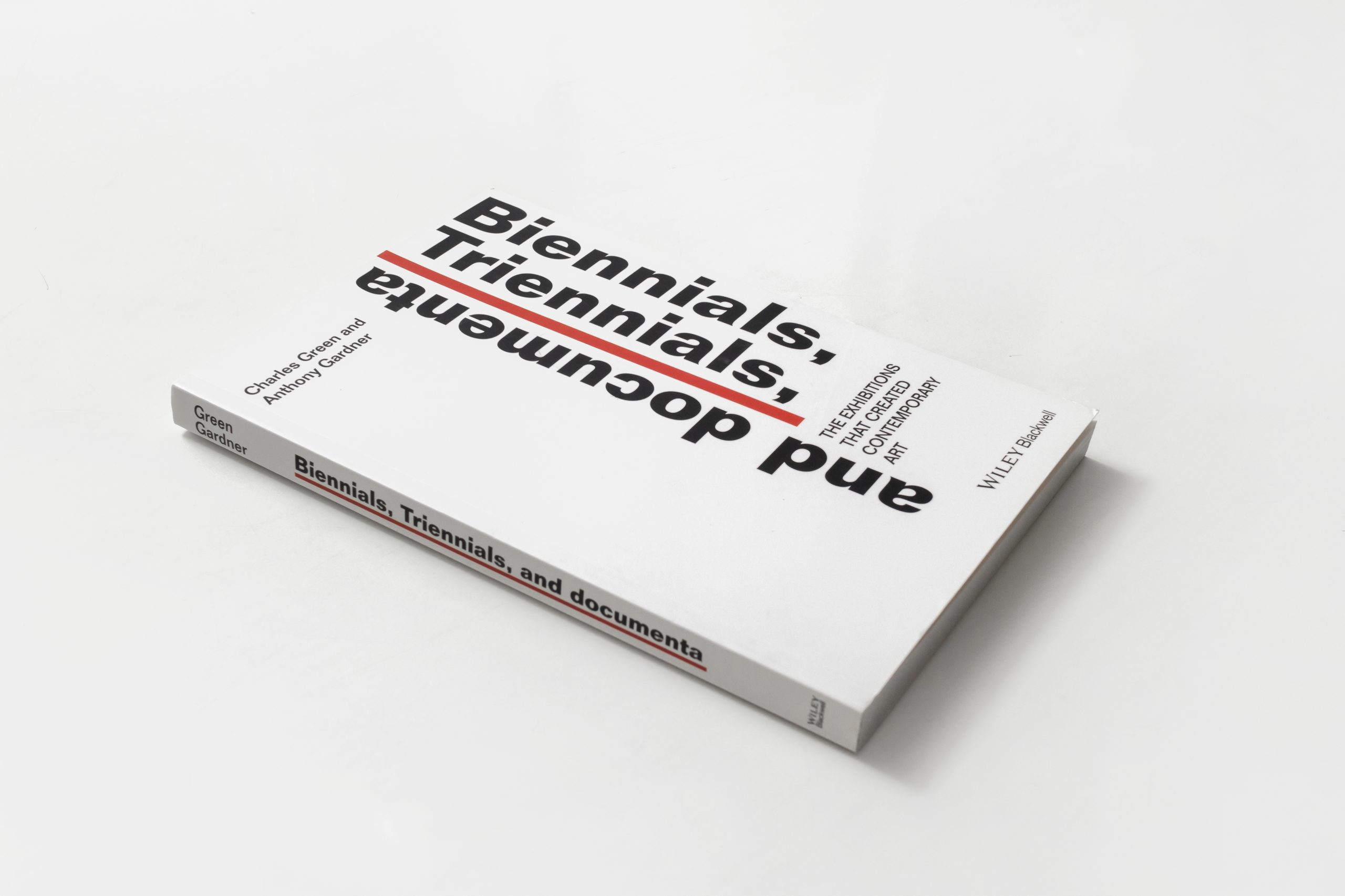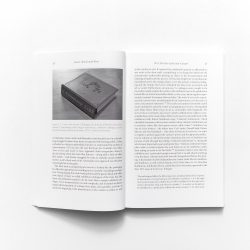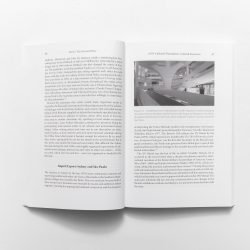AFTER LAST YEAR THAT THAILAND HAS 6 BIENNALES HAPPENED AT THE SAME, WE ARE QUITE SURE THAT THAI PEOPLE GRADUALLY GET USED TO THE TERM ‘BIENNALE’. THEREFORE IN THE READING LIST OF THE WEEK, WE WILL INTRODUCE YOU TO THE HISTORY OF THIS KIND OF ART FESTIVAL
TEXT: PAPHOP KERDSUP
PHOTO: KETSIREE WONGWAN
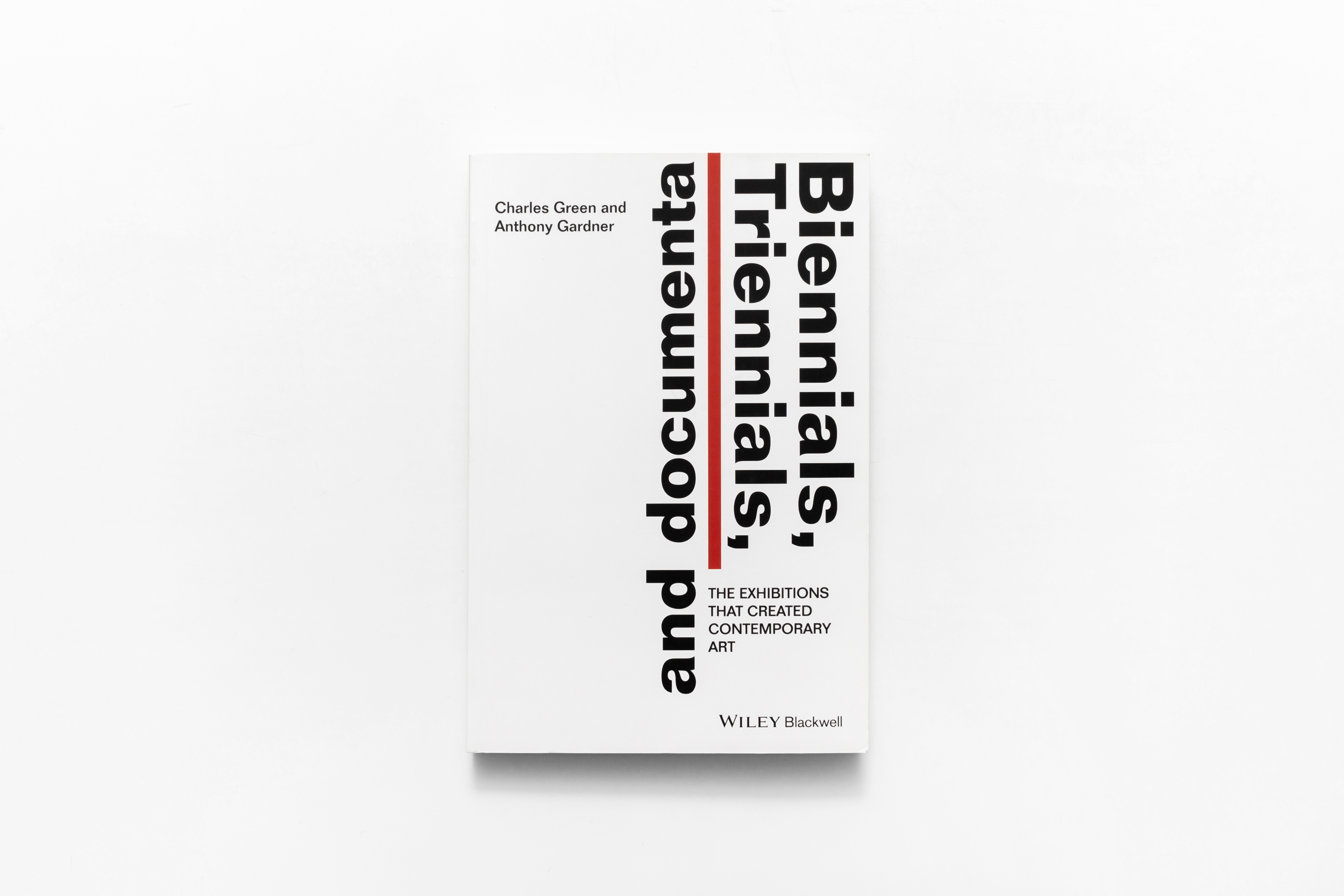
BIENNIALS, TRIENNIALS, AND DOCUMENTA: THE EXHIBITION THAT CREATED CONTEMPORARY ART
Charles Green and Anthony Gardner
Wiley Blackwell, 2016
Paperback, 304 pages, 15.2 x 22.9 cm
ISBN 978-1-44433-665-8
นอกจากหนังสือทั้งสองเล่มในซีรีส์ Exhibitions that Made Art History ของ Bruce Altshuler กับหนังสือรวมบทความหนาเกือบ 600 หน้า ที่มี Elena Filipovic, Marieke van Hal และ Solveig Øvstebø แล้ว Biennials, Trennials, and documenta น่าจะเป็นหนังสือเล่มสำคัญอีกเล่มหนึ่งเลยที่คอศิลปะ และผู้ที่สนใจในประวัติศาสตร์ศิลปะที่ถูกเล่าและศึกษาผ่านนิทรรศการ (หรือเรียกง่ายๆว่า ‘ประวัติศาสตร์นิทรรศการ’ ควรมีไว้ติดชั้นหนังสือของตัวเอง ความต่างที่ชัดเจนเลยในผลงานของ Green และ Gardner กับหนังสือเล่มอื่นที่ยกขึ้นมาในตอนต้น คือการเปลี่ยนวิธีการนำเสนอเนื้อหาว่าด้วยปรากฏการณ์การเกิดขึ้นของเทศกาลศิลปะขนาดใหญ่ต่างๆ จากการสำรวจและรวบรวมแบบภาพรวมตามลำดับเวลา มาเป็นการโฟกัสไปหมุดหมายสำคัญทางประวัติศาสตร์ที่เทศกาลศิลปะต่างๆ ซึ่งบ้างก็มีชื่อเสียง บ้างก็แทบไม่เป็นที่รู้จักนอกวงคนที่สนใจในเรื่องนี้จริงๆ ได้สร้างขึ้น
เนื้อหาของ Biennials, Triennials, and documenta ถูกแบ่งออกเป็น 3 ส่วนหลักๆ คือ The Second Wave, The Politics of Legitimacy และ Hegemony or a New Canon ก่อนจะตามด้วยบทสรุปส่งท้ายที่กลับมาทบทวนถึงสิ่งที่เรียกปรากฏการณ์ biennalization ซึ่งเกิดขึ้นในโลกศิลปะอย่างต่อเนื่องตั้งแต่ช่วงกลางทศวรรษที่ 50 เป็นต้นมาจนถึงปัจจุบัน (ซึ่งก็ดูจะหนักหน่วงขึ้นเรื่อยๆ ดังจะเห็นได้จากจำนวนของเทศกาลศิลปะในเว็บไซต์ Biennial Foundation ที่พุ่งไปมากกว่า 200 งาน) และข้อถกเถียงที่ทั้งคู่พยายามกล่าวถึงตลอดทั้งเล่มอย่าง “อะไรคือผลกระทบที่เบียนนาเล่มีต่อศิลปะร่วมสมัย” และ “ตลอดการปรากฏตัวของศิลปะร่วมสมัยนั้น เบียนเล่ได้เปลี่ยนแปลงไปอย่างไรบ้าง” ทั้งนี้ ในบทที่ 4 ‘1989: Asian Biennialization’ ซึ่งเป็นส่วนหนึ่งในหัวข้อ The Politics of Legitimacy นั้น ถือเป็นส่วนที่สะท้อนบทบาทของเทศกาลศิลปะในภูมิภาคเอเชียแปซิฟิกนี้ได้อย่างชัดเจนที่สุดผ่านงานอย่าง Asian Art Show (1979), Asia-Pacific Triennial (1993), Gwangju Biennale (1995) และ Shanghai Biennale (2000) ไม่ว่าจะทั้งในฐานะผลพวงของการเปลี่ยนแปลงทางสังคมและการเมืองที่เกิดขึ้นหลังสงครามเย็นในภูมิภาคนี้ หรือการปฏิเสธกระบวนทัศน์ทางศิลปะที่ถูกนิยามขึ้นโดยโลกตะวันตก และการกลับมาสนใจในสิ่งที่เรียกว่า “ภูมิภาค” มากขึ้น (ผู้เขียนใช้ค่าว่า “สุนทรียะของภูมิภาคนิยม” หรือ aesthetics of regionalism) นอกเหนือจากบทวิเคราะห์ภายในหนังสือเล่มนี้แล้วหากใครที่สนใจอยากจะศึกษาเกี่ยวกับการเกิดขึ้นของปรากฏการณ์ biennialization ในเอเชีย โดยเฉพาะอย่างยิ่งในช่วง 10 ปีที่ผ่านมานี้เพิ่มเติมก็สามารถเข้าไปฟังการบรรยายของ Anthony Gardner ในหัวข้อ ‘What does a biennial do?’ ที่จัดไปเมื่อเดือนกรกฎาคมปีก่อนได้ที่เว็บไซต์ของ Asia Art Archive

Apart from the two books in the Exhibitions that Made Art History series by Bruce Altshuler and the 600 page-long The Biennial Reader that has Elena Filipovic, Marieke van Hal and Solveig Øvstebø as the editors, Biennials, Triennials, and documenta is probably another publication that every art buff and reader who are interested in art history as told and studied through exhibitions (simply called exhibition history) must have on their bookshelves. The great distinction between Green and Gardner’s works and the other aforementioned books is the presentational method that instead of examining the emergence and growing popularity of large-scale international art festivals through surveys and chronological depictions, ‘Biennials, Triennials, and documenta’ focuses on historical milestones created by different festivals, both the internationally popular and more domain-specific ones.
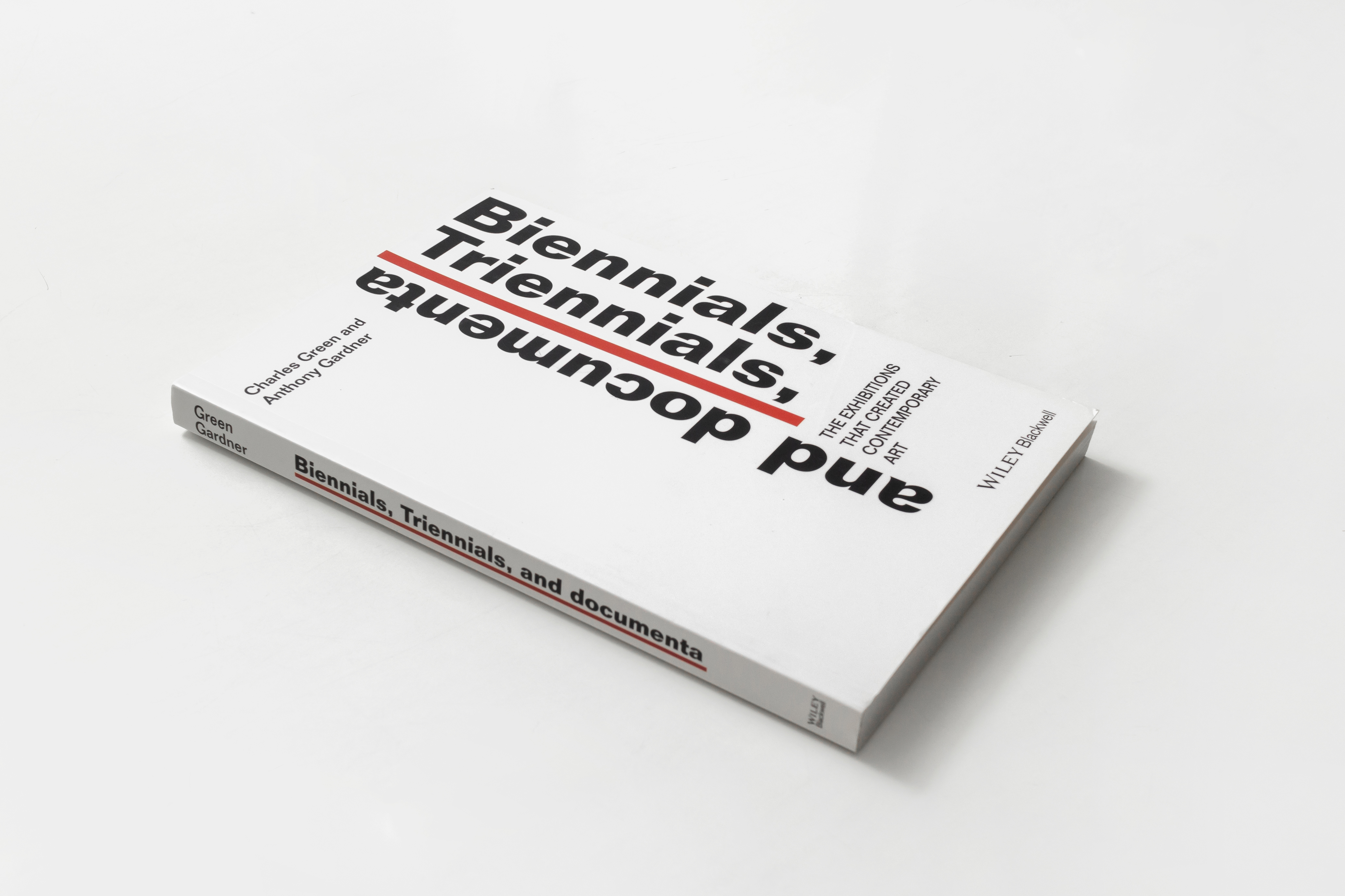
The content of Biennials, Triennials, and documenta is divided into three main parts; The Second Wave The Politics of Legitimacy, and Hegemony or a Ne Canon with the conclusion recounting the continual and intensifying biennialization phenomenon in the art world since the mid 1950s to present (the level of intensity is going nowhere but up with currently over 200 art festivals being listed in the Biennial Foundation’s website) including Green and Gardner’s debate over What was the impact of biennials on contemporary art?’ and ‘How did biennials change in the course of the appearance of contemporary art?’ that is brought up throughout the book. The fourth chapter, ‘1989: Asian Biennialization’ under The Politics of Legitimacy topic of the book perfectly reflects the role of art festivals in the Asian Pacific region through case studies such as Asian Art Show (1979), Asia-Pacific Triennial (1993), Gwangju Biennale (1995) and Shanghai Biennale (2000), depicting them as both the byproducts of social and political changes in the region’s post-Cold War era as well resistance to western-defined artistic paradigms, and put the focus more on the ‘region'(the authors use the term ‘aesthetics of regionalism). In addition to the analyses featured in the book, for those who are interested to look further into the the biennialization phenomenon in Asia, especially in this past decade, check out the ‘What does a biennial do? lecture that Anthony Gardner did back in July 2018 on Asia Art Archive’s website.

